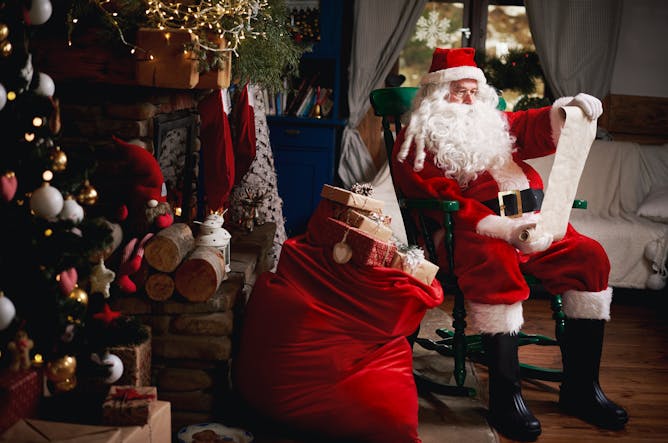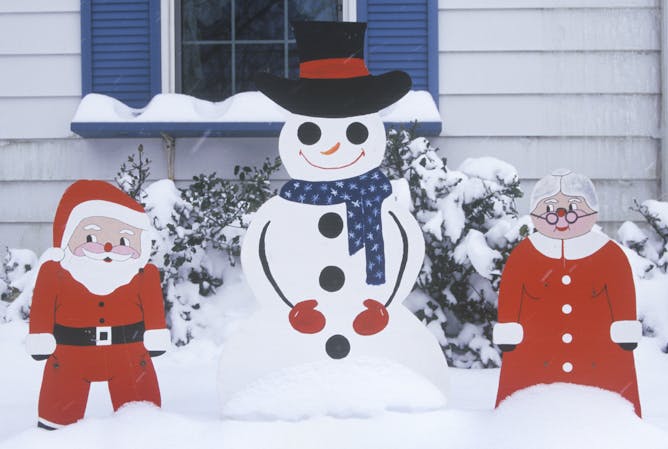|
Christmas for me was a magical time when I was growing up in India. There was no imaginary Santa Claus with gifts, but my Christian friends would generously share the utterly delicious homemade plum cakes, filled with dried and candied fruits soaked in rum, a tradition going back to India’s British colonizers.
By the time my own children were growing up, Christmas had become a commercialized secular holiday, with parents, regardless of their faith, bringing home fake Christmas trees to keep up with the popularity of the festival.
Christmas celebrations have evolved in Europe and the United States as well. As Thomas Adam, a historian who has studied the emergence of modern-day Christmas celebrations, writes, it wasn't until the Civil War that rituals Americans now associate with Christmas became part of the popular culture. In addition to tree-lighting practices borrowed from Germany, an elaborate sketch of Santa Claus, with a big belly and a long white beard, in the Harper’s Weekly helped make today’s holiday what it is today.
Merry Christmas!
|

The pagan tradition of celebrating the winter solstice with bonfires on Dec. 21 inspired the early Christian celebrations of Christmas.
Gpointstudio/ Image Source via Getty Images
Thomas Adam, University of Arkansas
Christmas was popularized in the United States during the American Civil War, when Harper’s Weekly featured the image of Santa Claus visiting the Union Army on its front page.
|

If you aren’t a fan of holiday shopping, you aren’t alone.
Dave Einsel/Getty Images
Dimitris Xygalatas, University of Connecticut
Gift-giving might seem needlessly cumbersome and stressful. But the costs and benefits of the custom aren’t what they seem.
|

Why did she do all the work while Santa got all the glory? What would happen if she delivered the toys?
Joe Sohm/Visions of America/Universal Images Group via Getty Images
Maura Ives, Texas A&M University
Many early stories praise her work ethic and devotion. But with Mrs. Claus usually hitting the North Pole’s glass ceiling, some writers started to push back.
|
|
|
-
Jeffrey Miller, Colorado State University
The polarizing dessert that people love to hate became a Christmas mainstay thanks, in part, to the U.S. Postal Service.
-
David Hillock, Oklahoma State University
This evergreen plant has some tricky ways to get ahead, but it’s a valuable part of the ecosystem.
-
Samira Mehta, University of Colorado Boulder
Figuring out whether to celebrate holidays, and how, is tricky for lots of interfaith families – but thoughtful communication makes a difference.
-
Melissa Chim, General Theological Seminary
“A Visit from St. Nicholas” is one of the most famous American poems. But who wrote it?
|
|